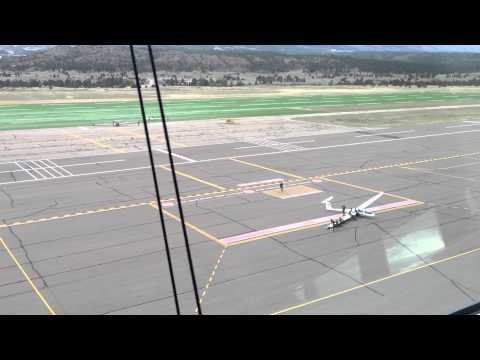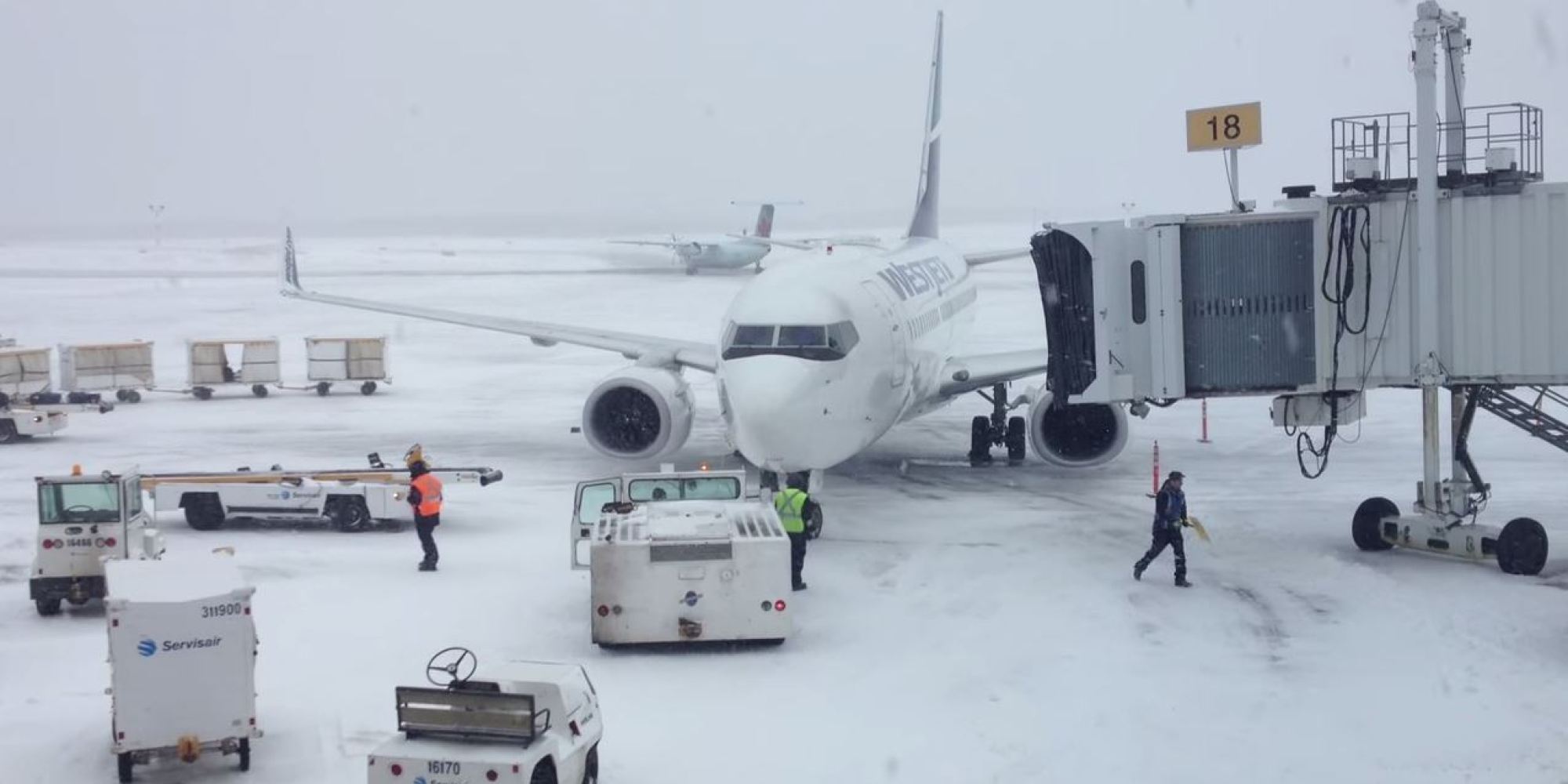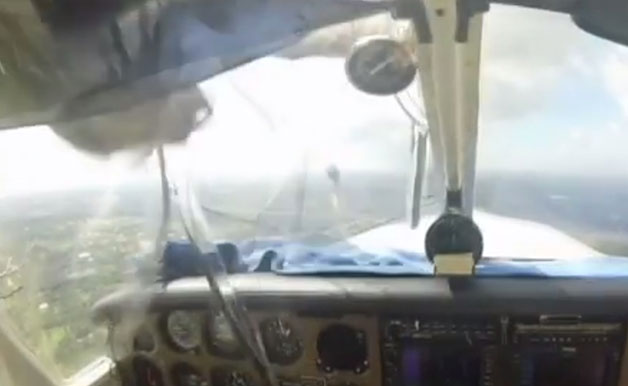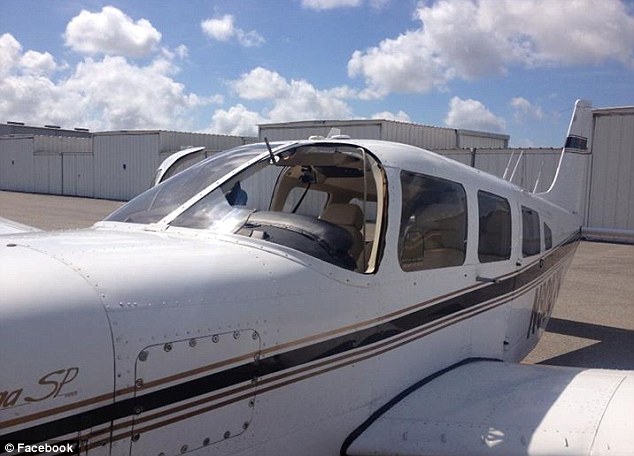
This event happened at the USAF Academy Airfield in Colorado Springs, Colorado. It caused a dangerous emergency situation for four tow pilots as a dangerous microburst, pushing wind speeds into 55 knot gusts, swept the high mountain airport. The Airfield sits at an altitude of over 6500 feet and is commonly subject to unpredictable gusts of wind due to it’s proximity to the mountains.
This event happened on April 23, as glider students were waiting for a tow. The whole incident was filmed from the control tower.
A microburst is a very localized column of sinking air caused by a small and intense downdraft, and is associated with thunderstorms. It does not last long, anywhere from a few seconds to several minutes, but the force of the event can produce wind speeds so strong it can take out trees.
Two of the Super Cub pilots, who were sitting in the airplanes, were forced to take the the skies or risk having their airplanes flip over while they were inside. This is another example of how wind and performance are related, and example of an extremely short field take off situation. It’s also not the first time an aircraft has been forced to take off due to heavy winds: in one incident, an unmanned aircraft took flight.
No one was injured in this incident.




